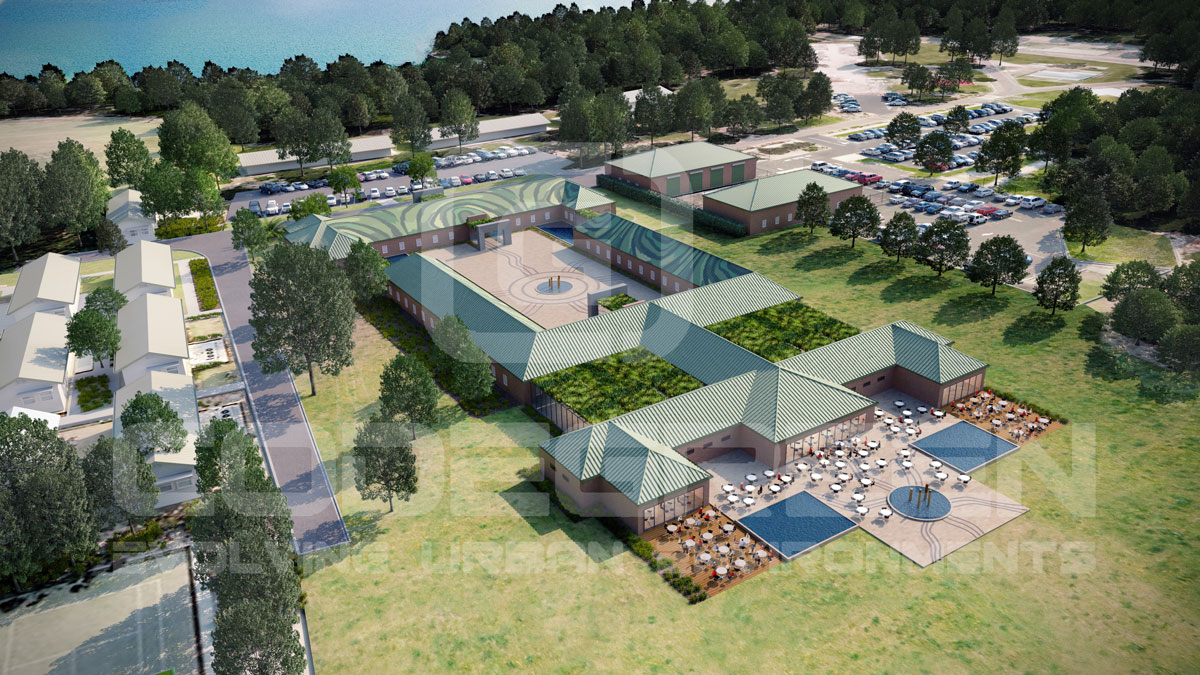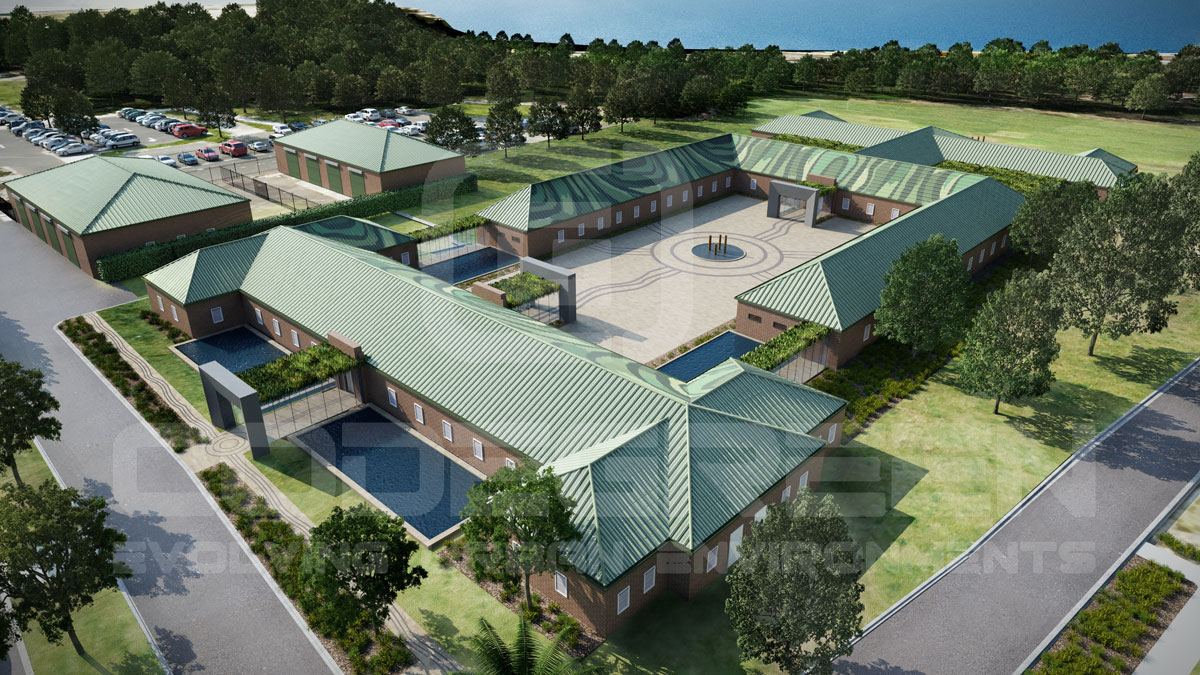Code Green was engaged by local residents to create a masterplan to preserve the military history for the Terminal 10 site which would be representative of the community in response to the federal governments consideration of leasing the land to a private consortium to be turned into a nursing home. The residents were concerned that the military history of the buildings on the site would be lost forever as the proposal by the private consortium involved altering the existing buildings.
Chris and his team carried out extensive research and found that the site was used as an army training base resulting in a strong military heritage and significance to many returned servicemen and women. Most of the existing facilities were constructed in the 1940’s and have had a military purpose up to the 1990’s. The team also found that the site was the first indigenous land grant site in Australia and has strong cultural significance to the local and broader indigenous communities.
Code Green developed a conceptual master plan. To start with, the buildings would be restored from their existing dilapidated state to meet with current building codes, regulations and safety requirements. The buildings on the site would all have different purposes for the community while also considering income generation to maintain the site would be through a cafe, restaurant, room/studio hire opportunities, an open air cinema in summer. The site would also become part of the Sydney festivals such as Vivid which would generate more income and community engagement. Parts of the site would be provided to the national parks for free and in return the national parks would maintain the site and provide bush walking tours of the area. The Marine scientists on the foreshore would also be involved and provide tours of their facility.
Proposed uses included:
- Heritage Museums for both indigenous and military
- Community Art studios
- Local men’s and women’s sheds
- Cafe
- Restaurant
- Garages would be turned into facilities for both the National Parks and Marine Scientists
- Smaller buildings would be hired out to the local community for business with only one business type in the area to create diversity
- Open Air Cinema for use in summer where hundreds of people could gather to watch films

